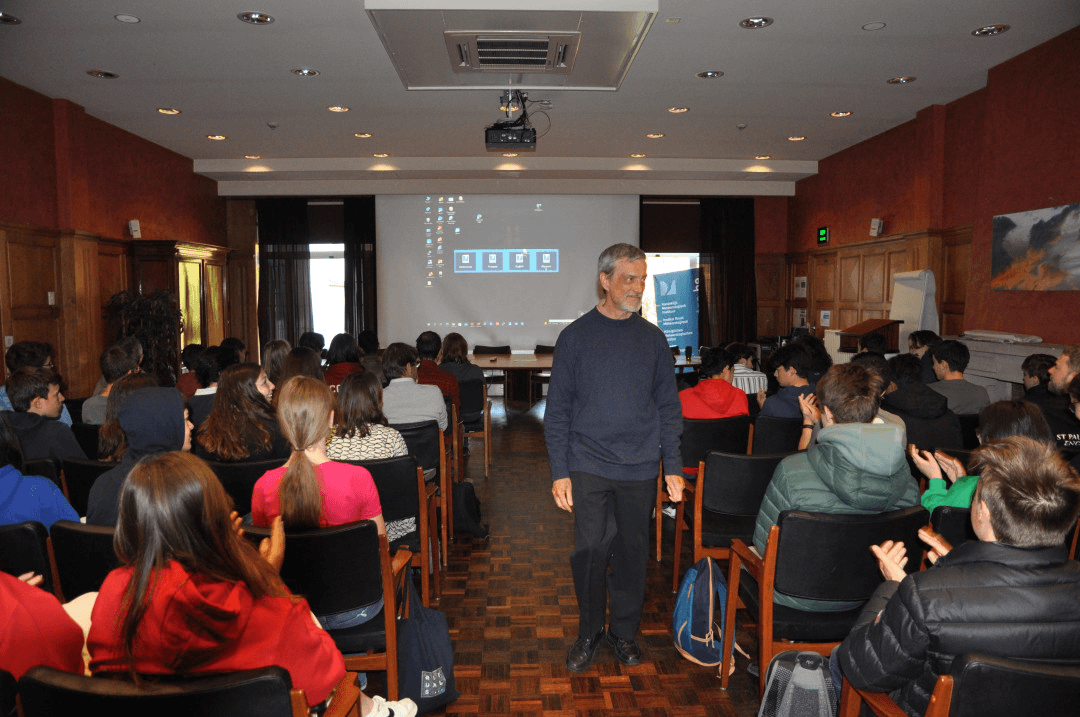ASGARD is an educational project that allows young people to experience space travel themselves by conducting experiments "in space". It is organised by Sint-Pieterscollege Jette together with the Belgian Space Pole institutes ROB, RMI, BISA and STCE. ESERO Belgium (European Space Education Resource Office) promotes this project together with several other school projects that bring space exploration into schools, and supports Belgian teachers who are interested to participate.
The goal of ASGARD is to offer primary and secondary school pupils the opportunity to design, develop and build a scientific and/or technology experiment and fly it to the edge of space on a stratospheric balloon. These Asgard balloons are flown once a year (in the March-May timeframe) and reach a maximum altitude of about 33km. The Asgard-gondola was designed to carry a number of small educational payloads. As such, ASGARD is a unique educational tool that combines low cost (no entry fee), a short turnaround time and great flexibility to do hands-on space education in near-space conditions. The educational advantages of such a project are huge. For example, the students pass through all phases of a typical science/technology project as they have to design, develop and test their experiment themselves, fly it using a professional vehicle (the RMI weather balloons), do the data-processing, and finally report the results of the experiment.
In order to qualify for admission on board an ASGARD balloon flight, a formal project proposal has to be submitted. On the basis of these proposals, a selection is made by a jury headed by Dirk Frimout, Belgium's first astronaut. This year, which was the first edition since the start of the COVID pandemic, 20 projects were selected and distributed over 2 RMI weather balloons. Then, on the occasion of the ASGARD launch day on Thursday, April 28, 2022, about 80 students from Belgium, Spain and the United Kingdom came together for 3 days to participate in this educational project. As usual, the ROB/Planetarium hosted the first and third day, during which the pupils had to present respectively their project and the results of the experiment to the other participants.
The main activity during the second day was obviously assembling the experiments onto the gondola, launch them with the weather balloons, and retrieve those balloons afterwards. To make this day even more interesting, workshops, visits and a meet-and-greet with other scientists were planned throughout the day. This took all place on the premises of the Space Pole. The images underneath were made by Olivier Boulvin and provide an idea on the activities carried out during launch day.






